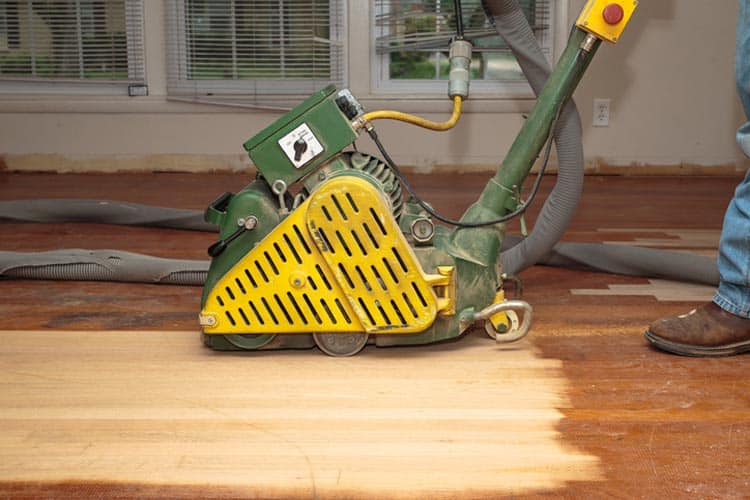First things first, let’s talk about what floor strippers actually are. Floor strippers are chemical solutions that are designed to break down and remove the layers of wax, polish, and other coatings that are commonly used to protect and enhance the appearance of floors. They are commonly used in a variety of settings, from commercial cleaning companies to maintenance staff in schools and hospitals.
While floor strippers are highly effective at their job, they can also pose serious dangers to those who work with them. The most obvious danger is the risk of chemical burns. These solutions are highly acidic and can cause serious burns to the skin and eyes if they come into contact with them.
In addition to chemical burns, floor strippers can also cause respiratory problems if they are inhaled. When these solutions are used, they release fumes that can irritate the nose, throat, and lungs. Prolonged exposure to these fumes can lead to serious respiratory problems, including bronchitis and asthma.
So, how can you protect yourself when working with floor strippers? Here are some important safety recommendations that you need to know:
- Wear protective gear. When working with floor strippers, it is essential that you wear the proper protective gear to shield yourself from harm. This includes gloves, goggles, and a respirator mask. These items will protect your skin, eyes, and lungs from the harmful effects of the chemicals.
- Ventilate the area. Whenever you are working with floor strippers, it is important to have adequate ventilation in the room. This will help to reduce the concentration of fumes in the air, making it safer for you to breathe.
- Read the label. Before using any floor stripper, it is important to read the label carefully. The label will provide important information about the chemicals used in the solution, as well as any specific safety precautions that you need to take.
- Mix solutions carefully. When mixing floor strippers, it is important to follow the instructions on the label carefully. Mixing solutions improperly can cause dangerous reactions that can harm you or others around you.
- Dispose of waste properly. When you are finished using floor strippers, it is important to dispose of any waste materials properly. This includes disposing of empty containers in a designated hazardous waste container and not down the drain.
Remember, working with floor strippers can be dangerous if you are not careful. By following these safety recommendations, you can protect yourself and others around you from harm. If you ever have any doubts about how to properly use a floor stripper or any other cleaning solution, always consult with a professional before proceeding.
In conclusion, the dangers of working with floor strippers cannot be overstated. These powerful chemical solutions can cause serious harm to anyone who comes into contact with them. By taking the necessary precautions, such as wearing protective gear, ventilating the area, and following the instructions on the label, you can protect yourself from harm and ensure that you can continue to do your job safely and effectively. Stay safe out there, and until next time, this is Gary signing off!
Cheers,

![]()






